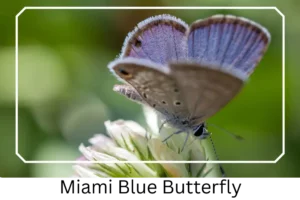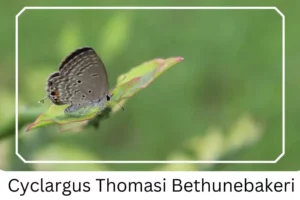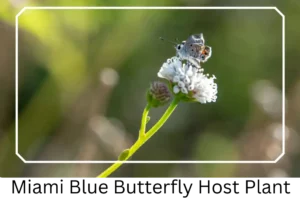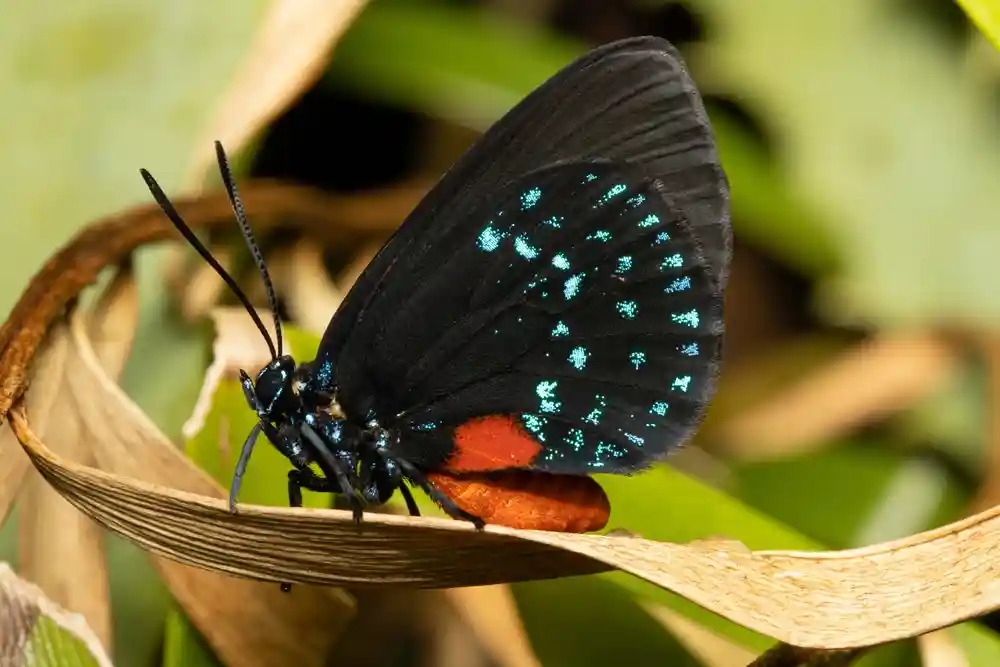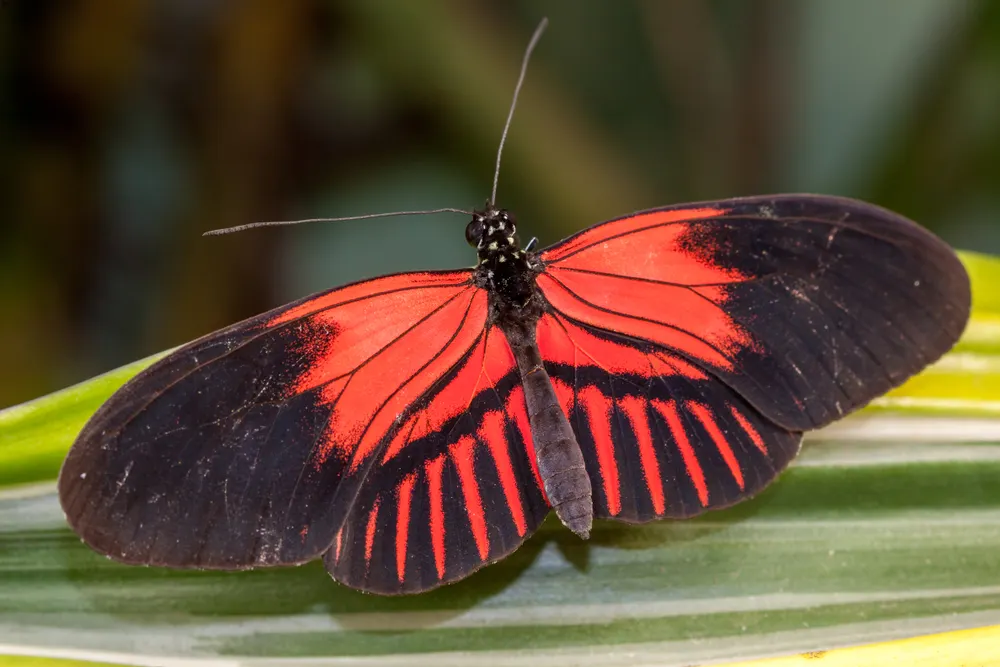Miami Blue (Cyclargus thomasi bethunebakeri)
The Miami Blue butterfly represents a stunning example of nature’s artistry and the fragility of biodiversity. As the only subspecies of Cyclargus thomasi, this metallic blue arthropod is a symbol of the United States’ natural heritage, specifically in Florida. However, its existence is perilously threatened by numerous factors, including habitat destruction, invasive species, pest control measures, and unethical collection practices, pushing it towards the brink of extinction.
Scientific Classification
- Family: Lycaenidae
- Genus: Cyclargus
- Scientific Name: Cyclargus thomasi bethunebakeri
Overview
The Miami Blue butterfly’s journey from a caterpillar to a breathtaking adult is a remarkable story of transformation and survival against increasing environmental challenges. Despite its endangered status, efforts towards its conservation have illuminated the path to understanding the delicate balance of ecosystems and the importance of preserving such unique species. This overview will explore its lifecycle, identification features, habitat, and the ongoing efforts to save this irreplaceable part of our natural world.
Description and Identification
Caterpillar
The Miami Blue caterpillar is a vibrant sight, with its bright green body and contrasting black head. It possesses a distinctive slug-like shape, accentuated by a reddish to tan dorsal line and white lateral lines, creating a striking visual against its foliage habitat.
Pupa
Transitioning into a pupa, the caterpillar’s body undergoes a dramatic color change to either brown or black. This chrysalis stage is critical, lasting around 30 days, as it prepares to emerge as an adult butterfly.
Adult Butterfly
Sexual Dimorphism: The males flaunt a metallic blue on the upper side of their wings, while females display a darker gray with subtle blue hues near the base.
Color and Appearance: Despite their small size, Miami Blues are visually striking, with bright blue dorsal wings marked by black basal spots and gray ventral sides. The males have narrow black wing borders, whereas females feature thicker borders and an orange eyespot for mimicry. Both sexes boast a prominent white band on their wings, adding to their allure.
Average Wingspan: Their wingspan ranges from 22 to 28 mm (0.8-1.1 in), small yet impactful.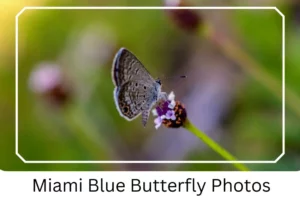
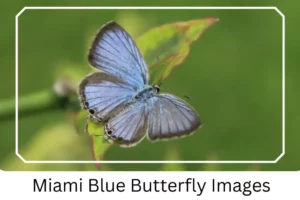
Flight Pattern: These butterflies exhibit a normal to moderately fast flight pattern, adept at navigating their coastal habitats.
Eggs
Miami Blue females are prolific, laying up to 300 eggs individually on host plants, ensuring the next generation’s survival.
Quick Facts | |
| Distribution | Historical data on their range is scarce, but they are primarily found in specific regions of Florida. |
| Habitat | Miami Blues thrive in coastal, scrub, and pine rocklands environments. |
| Host Plants | They favor black bead, balloon vine, and gray nickerbean for laying eggs. |
| Adult Diet | Adults feed on nectar from flowers and decaying fruits, showcasing their role in pollination and ecosystem health. |
How to Identify Miami Blue Butterfly?
Identifying the Miami Blue butterfly involves observing several unique characteristics. Look for its small size and the metallic blue or grayish-blue wings, which are key indicators. The presence of black basal spots and a distinct white band across both wings further distinguishes it. Males and females can be differentiated by the thickness of the black border on their hind wings and the orange eyespot found only in females. Their flight pattern is another clue; despite their size, Miami Blues are agile, exhibiting a flight that is both swift and graceful. These features, combined with their specific habitat preferences, make the Miami Blue a fascinating subject for both amateur and professional lepidopterists.
Did You Know?
- A remarkable symbiosis exists between Miami Blue larvae and up to seventeen ant species, offering protection from predators at the cost of eventual predation.
- Capable of producing multiple generations annually, from February to November, Miami Blues exhibit a robust reproductive strategy.
- The female Miami Blue is notably larger than the male, a rare trait in the butterfly world.
- Once widespread across South Florida, their numbers have dwindled to a critical single population.
- Researchers at the University of Florida are leading innovative conservation efforts aimed at reviving the Miami Blue population, showcasing a beacon of hope for this endangered species.
Conclusion
The Miami Blue butterfly is not just a creature of ethereal beauty but also a vital part of its ecosystem, contributing to the biodiversity and health of its natural habitat. Its struggle for survival amidst modern challenges highlights the urgent need for conservation efforts and public awareness. By understanding and appreciating the unique life cycle, identification markers, and ecological role of the Miami Blue, we can all contribute to the preservation of this irreplaceable gem of nature.
Miami Blue Pictures
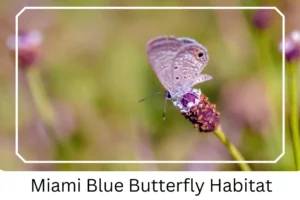
Miami Blue Butterfly Habitat

Scientific Classification

- Family: Lycaenidae
- Genus: Cyclargus
- Scientific Name: Cyclargus thomasi bethunebakeri

